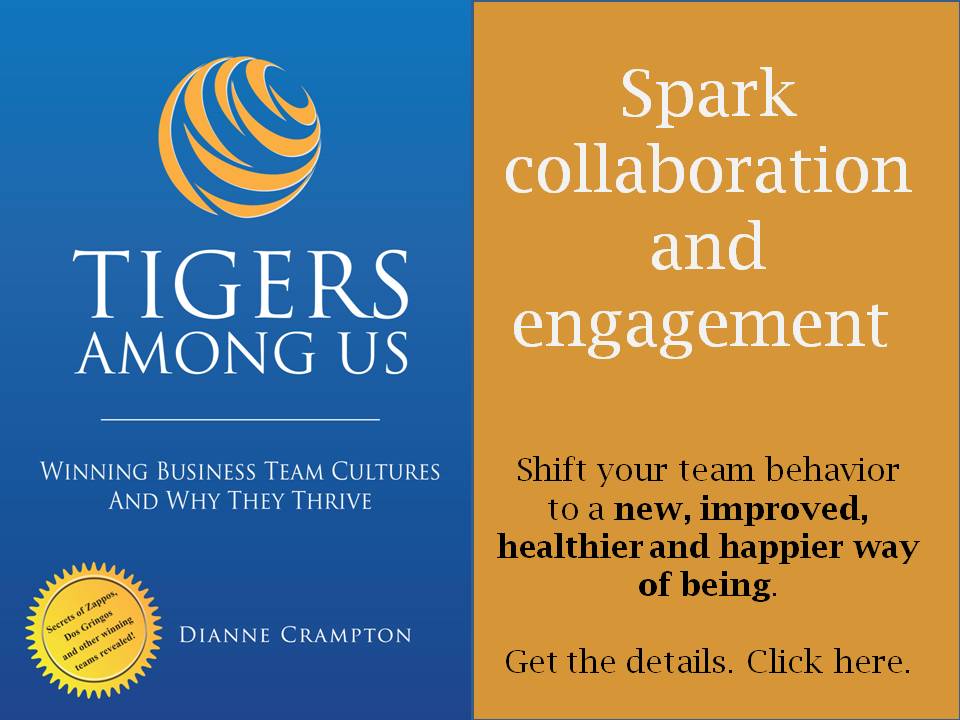We live in a world that is so connected and disconnected at the same time. So it is no wonder that conversational engagement is top of mind for so many leaders today.
Our thumbs are glued to our mobile phones most of the day. Many tasks (from shopping to setting doctor’s appointments to running a business) are doable at the click of a button. Yet despite the messenger apps and chats, connecting with work colleagues and customers remain a challenge.
Why is that?
If you work in credit and collections, you know that customers abhor phone calls and would rather respond and engage in a non-voice conversation with debt collectors. If you work in sales, you realize how crucial it is to communicate in such a way that engages the other party (whether it’s a prospect, a long-time client, or a returning customer). If you work in customer care or technical assistance, turning irate and unreasonable clients into advocates becomes your personal holy grail.
Rules of (Conversational) Engagement
The movie, Rules of Engagement, headlined by Tommy Lee Jones and Samuel L. Jackson (2002) popularized the term. This military action drama, based on a true story, centers on a rescue mission that went horribly wrong. It was easily a captivating political thriller for the military formalities it introduced. Rules of engagement are the rules and directives military forces and individuals must observe when using force. It defines the conditions, situations, degree, circumstances and manner in which force may be applied (and interpreted as provocative).
At work, and for your leaders, conversational engagement is required for learning about your employees so that their work needs are satisfied producing greater engagement and retention of your most talented employees.
The military example may be extreme for our purpose. But come to think about it, getting someone to see our side of the fence may very well be a considered a battle.
Conversations at work are never passive especially when dealing with clients. It isn’t a spectator sport. Once engaged, you are expected to score every single time. This has always been the rule of engagement. But to emerge unscathed and victorious meant that some ground rules have to be followed.
10 rules of conversational engagement that improve the quality of your dialogues
RULE #1: THE RULE OF VISION
Ensure that everyone is on the same page. Your goal or vision must resonate with them, so that the effort put in is a step towards that vision. This means you are proficient in asking questions and soliciting an employee’s ideas, too. Remember, conversational engagement is a dialogue not one-way communication.
RULE #2: THE RULE OF EXPECTATION
Everyone must know what their deliverables are. If the expectations of others are clear to you, then its likely clear to others as well. When we miss hitting the mark, its often failure to accurately communicate expectations. This results in procedural conflict that can flame into relationship conflict very quickly.
RULE #3: THE RULE OF SPECIFIC FEEDBACK
A lack of feedback creates doubt as much as it wastes time, energy, and emotion. People want to know where they’re at. Are they doing a good job? Leave no room for doubt. Give feedback – both positive and constructive. Make it CLEAR, SPECIFIC, and BASED on MEASURABLE DATA. Feedback without specifics leads to frustration. And when that happens, confusion, doubt, and low morale aren’t far behind.
RULE #4: THE RULE OF REFLECTION
People often mirror what they experience. If you notice the other person becoming a little too emphatic or emotional, check yourself. Keep tabs on your verbal and non-verbal cues. If you become visibly agitated, forceful, or loud, the person(s) you speak with will reflect the same. Remain calm and in control at all times. How you relay your message is just as important as the message itself.
RULE #5: THE RULE OF DISCOVERY
Be curious and open to learning. Make an effort to discover something new. This means being conscious that you approach people with an open mind. Catch yourself when passing judgment. Often, we are quick to judge without basis. Learn, unearth, and discover. It’s a great way to create the much-needed rapport that leads to good relationships.
RULE #6: THE RULE OF CONNECTIVITY
You have to be present to connect with others. This means, you must truly listen. Listen to understand – not to reply. Pay attention to their messages, their tone of voice, the kinds of words used, as well as their non-verbal cues. A good way to improve connection is to summarize what a person has said and then ask if you understood it right. “I hope I understood you correctly. You mentioned you needed this … does this include xxxx?” By doing so, you demonstrate eagerness and interest. It also shows that you care enough to make sure you got their message right.
RULE #7: THE RULE OF APPRECIATION
We all appreciate being recognized for our efforts. Show appreciation “out loud” and thank people for their actions. Taking the time to do this communicates gratitude. It also reinforces positive behavior and good performance.
RULE #8: THE RULE OF RECIPROCITY
Reciprocity refers to the exchange of something for mutual benefit. We often aren’t conscious of offensive behavior. If this has been brought to your attention, apologize. Learn from it. Commit to rectifying the harm, and encourage others to replicate the behavior.
RULE #9: THE RULE OF CONSISTENCY
Avoid being the proverbial Dr. Jekyll and Mr Hyde. You can’t be unreasonably stern one day and a saint who couldn’t harm a fly on other days. This kind of behavior is disturbing for others and impacts whether people trust you or not. Be consistent with your temper mood, and behavior. Consistency creates a stable environment. It prevents employees from feeling that “self-preservation” is a daily necessity to thrive in your workplace / project.
RULE #10: THE RULE OF RESPECT
Being respectful in both word and deed communicates support for each other. Keep your word. Don’t gossip. Don’t throw anyone under the bus. If you have an ax to grind with someone, settle the issue privately. Keep in mind that respect leads to genuineness which then leads to trust. Over time, trust leads to commitment and loyalty.
How well you communicate impacts performance, mindset, and overall success. Get your team improvement strategies started by teaching employees how to have more meaningful conversations. See how the power of engaging conversations leads to a purpose-driven, professional and personal life. Talk to us.
Care to take the topic deeper?
The following resources deepen this conversation and offer opportunities up improve your skills.
- Receive the playback links to our live events when you subscribe to TIGERS Team and Leadership newsletter
- Live Event: How to transform drama at work when improved collaboration is the goal
- TIGERS Training Portal
- How To Maintain Communication During Change
- Genuineness and Trust Build Strong Communication
- Open Communication Builds Genuineness
- Strengthening Your Effective Leadership Communication Skills
Copyright TIGERS Success Series, Inc. by Dianne Crampton
 About TIGERS Success Series, Inc.
About TIGERS Success Series, Inc.
TIGERS® Success Series provides a comprehensive and robust system for improving both your work environment and profitability. We specialize in collaborative leadership skill development and collaborative work culture refinement. Scaled to grow as your organization and leadership performance grows, our proprietary Team Behavior Profile and Leadership training workshops are based on the six principles we have found to be the right mix to make this happen. The six principles are Trust, Interdependence, Genuineness, Empathy, Risk and Success. Born from our many years of business, psychology, and educational group dynamic research, and subsequent four years of independent evaluation, we instill and sustain behaviors that improve work group performance and talent retention for measurable ROI.
For more information call 1+541-385-7465 or visit https://corevalues.com .

